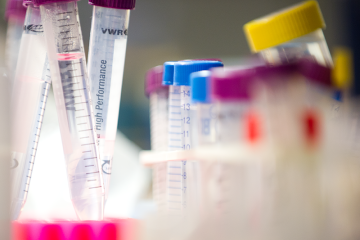Partnerships and impact awards
Accelerate adoption of engineered vascular tissues with induced pluripotent stem cell-derived smooth muscle cells

At a glance
In progress
Award date
April 2025 - March 2027
Grant amount
£199,944
Principal investigator
Professor Manuel Mayr
Co-investigator(s)
Institute
Imperial College London
R
- Replacement
